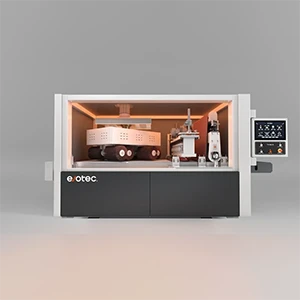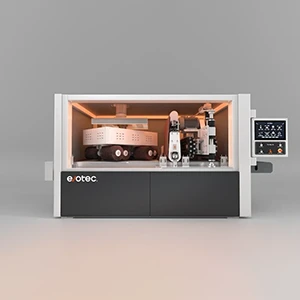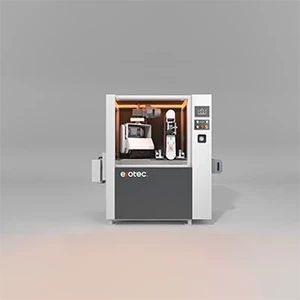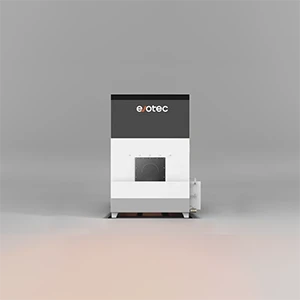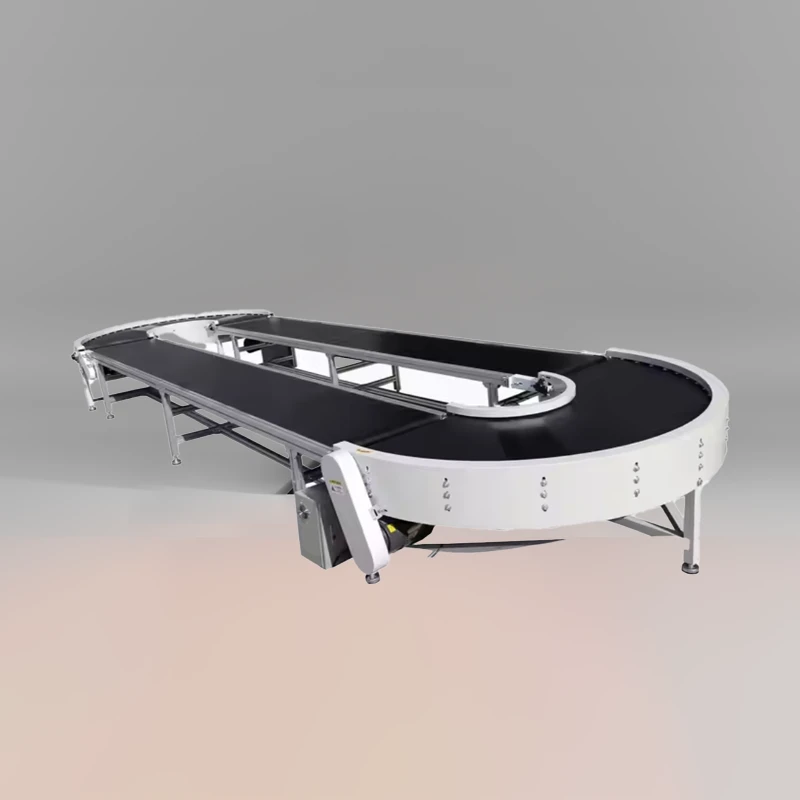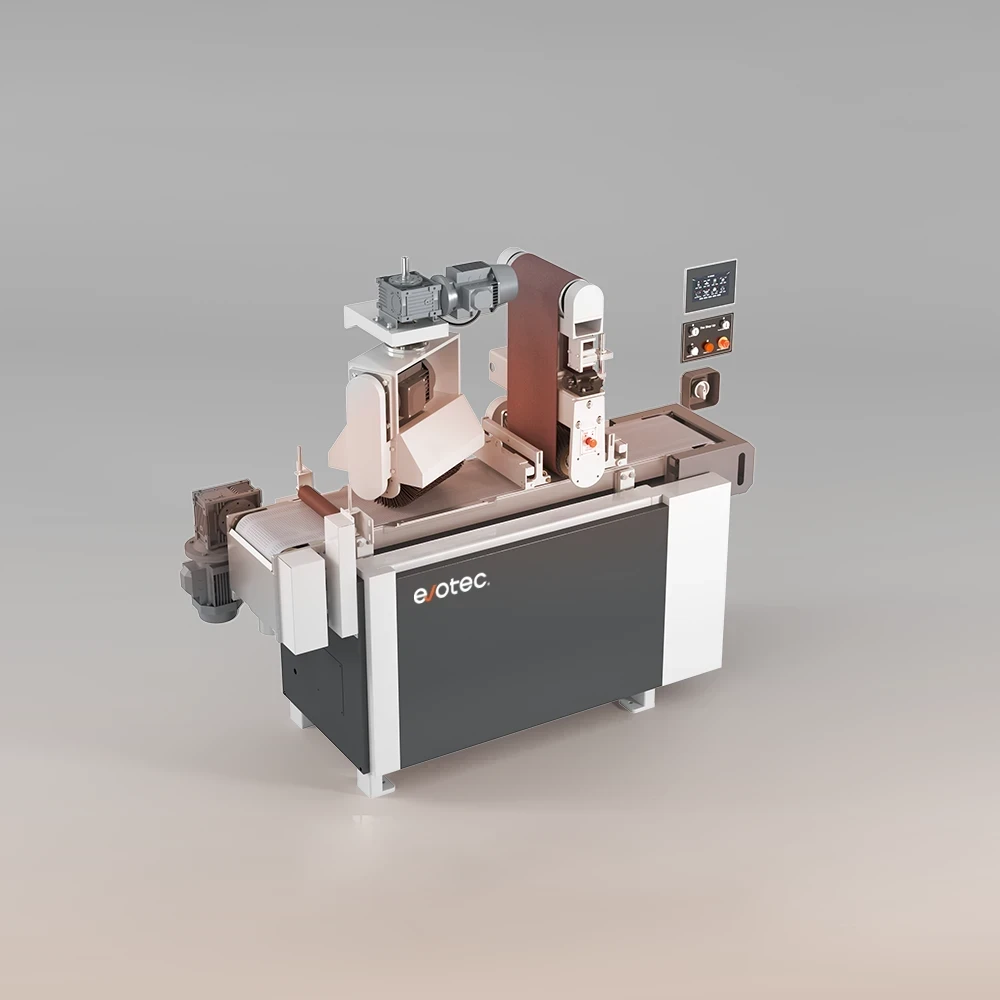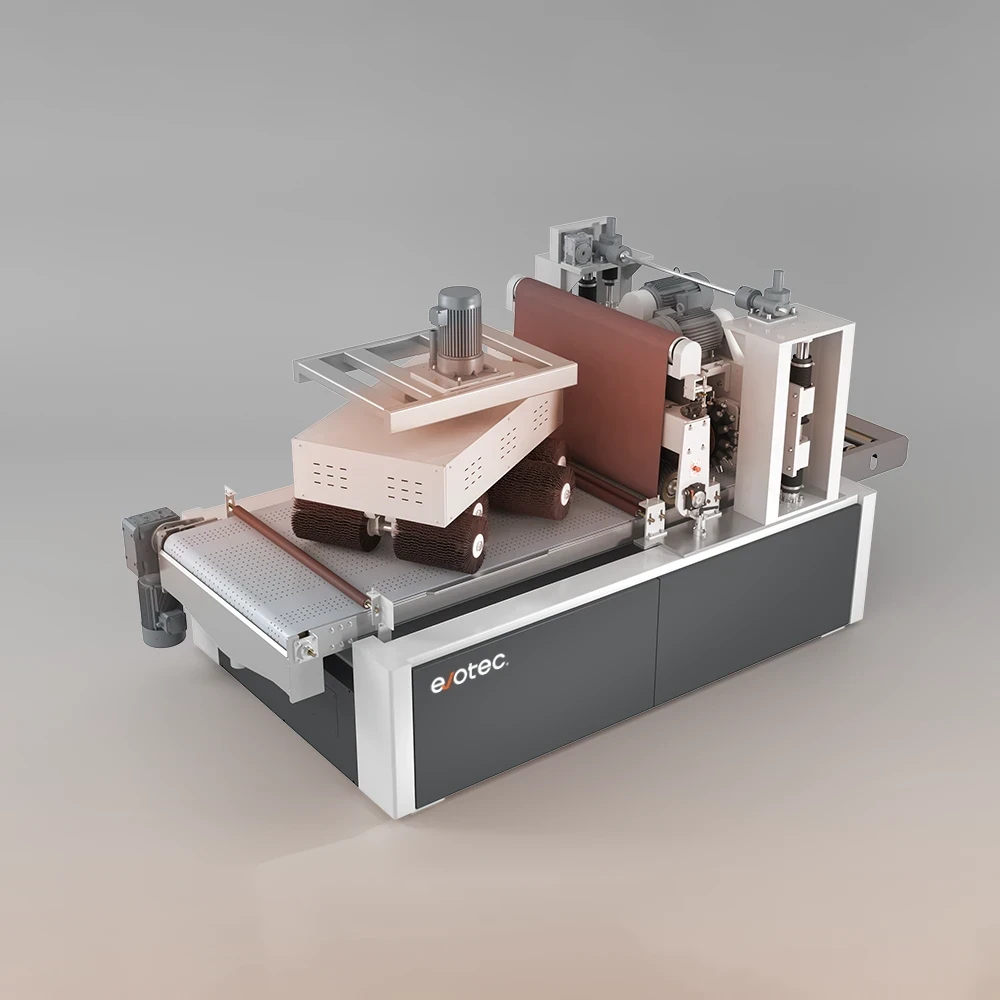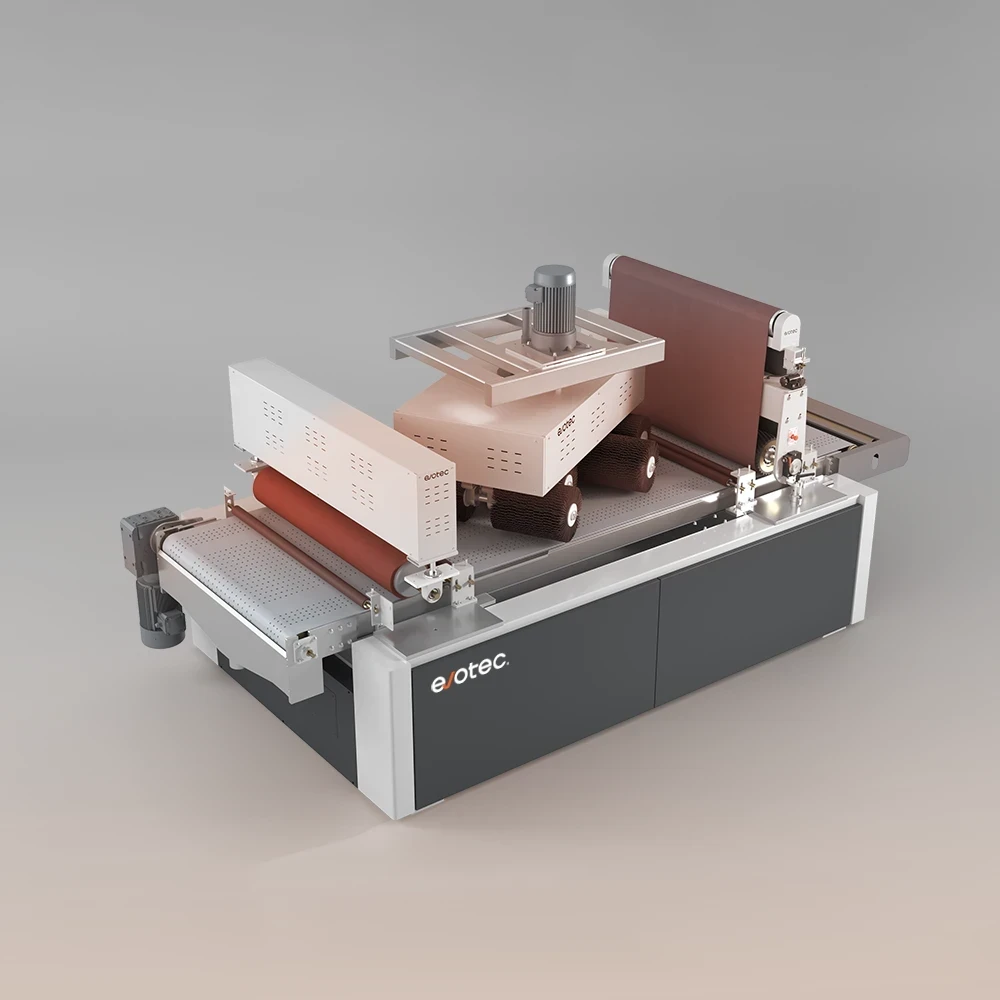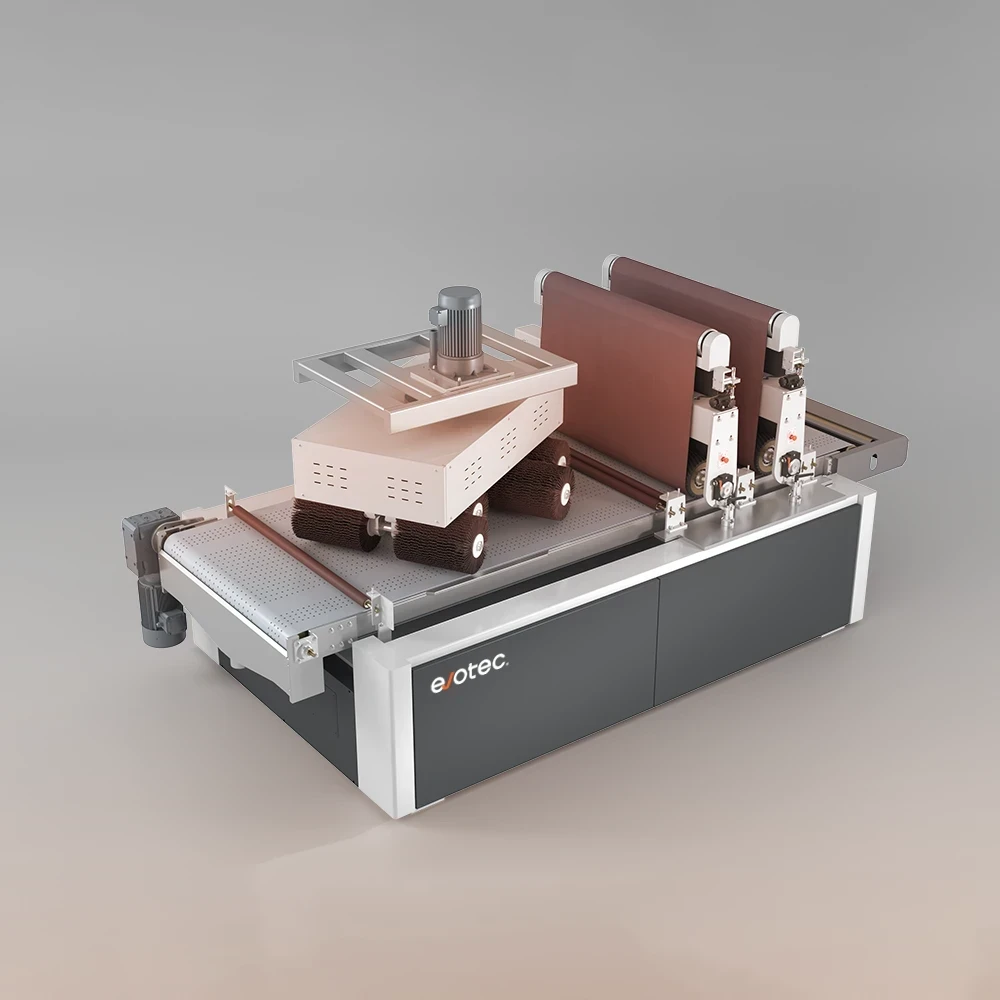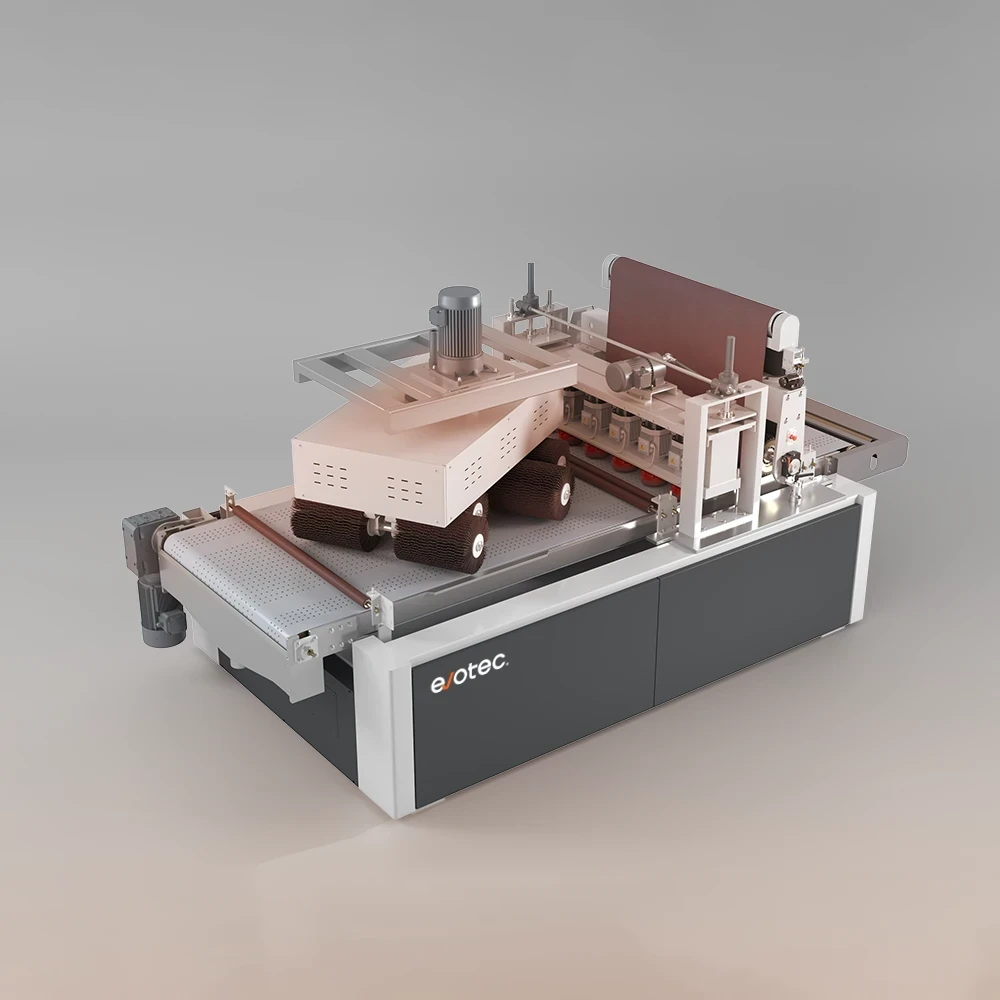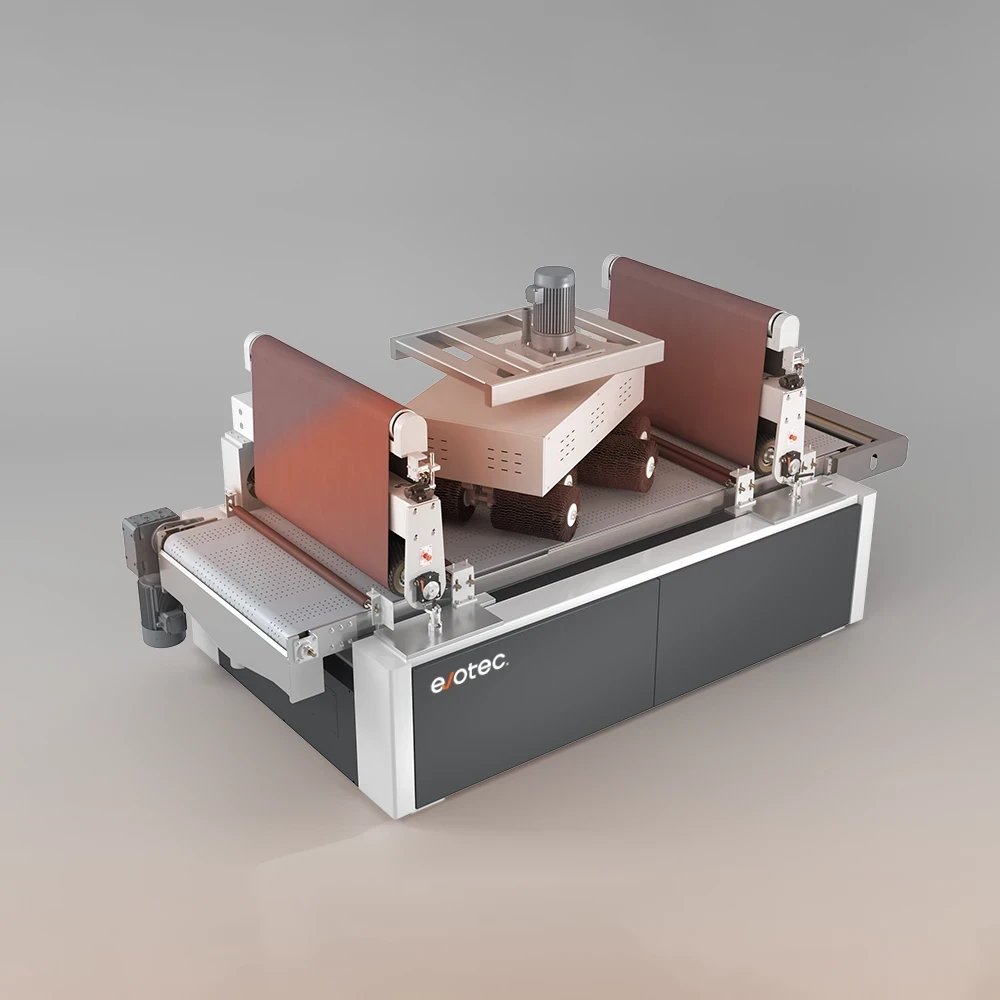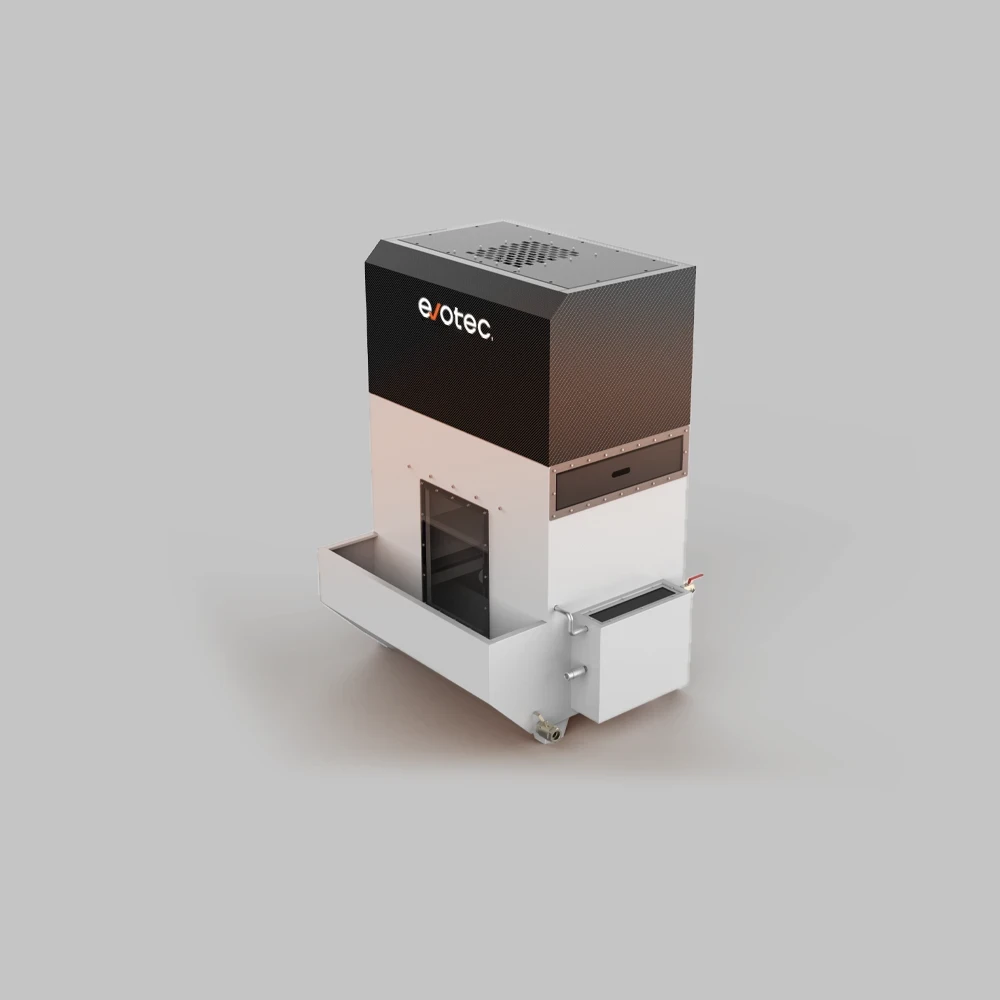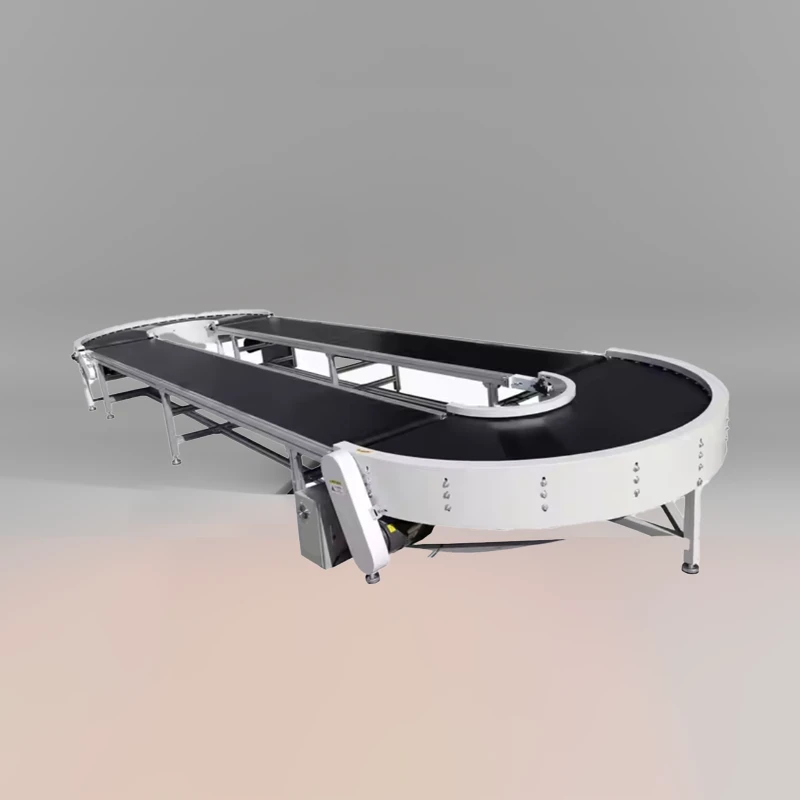Browse Our Products
Find the right finishing solution—browse our full machine lineup.
SurfeX
SRP
Ultra-fine line-grain finishing and precise edge rounding—perfect surfaces in one seamless process.
Maximum Width (mm):
800, 1000, 1300, or 1600
Abrasive Modules:
Drum Heads x1, Rotary Brushes up to 8, Polishing Bar x1
Processable Materials:
Stainless steel, carbon steel, aluminum, brass and cold plate
Power (kW):
39, 50, 79, or 88
SurfeX
SSR
Delivers flawless non-directional finishing, micro-burr removal, and consistent edges for premium, coating-ready results.
Maximum Width (mm):
800, 1000, 1300, or 1600
Abrasive Modules:
Drum Heads x2, Rotary Brushes up to 8
Processable Materials:
Stainless steel, carbon steel, aluminum, brass and cold plate
Power (kW):
39, 50, 79, or 88
SurfeX
SR
Efficiently deburrs and refines surfaces, delivering clean, coating-ready finishes with minimal processing.
Maximum Width (mm):
600, 800, 1000, 1300, or 1600
Abrasive Modules:
Drum Heads x1, Rotary Brushes up to 8
Processable Materials:
Stainless steel, carbon steel, aluminum, brass and cold plate
Power (kW):
14, 32, 38, 60, or 65
EdgeX
SDR
Delivers precise R2+ edge rounding and smooth, non-directional finishes ideal for coating and safety.
Maximum Width (mm):
800, 1000, 1300, or 1600
Abrasive Modules:
Drum Heads x1, Top Brushes x1 set, Rotary Brushes up to 8
Processable Materials:
Stainless steel, carbon steel, aluminum, brass and cold plate
Power (kW):
39, 50, 79, or 88
SurfeX
SRS
Combines deburring, edge rounding, and line-grain finishing for consistent, coating-ready results in one process.
Maximum Width (mm):
800, 1000, 1300, or 1600
Abrasive Modules:
Drum Heads x2, Rotary Brushes up to 8
Processable Materials:
Stainless steel, carbon steel, aluminum, brass and cold plate
Power (kW):
39, 50, 79, or 88


